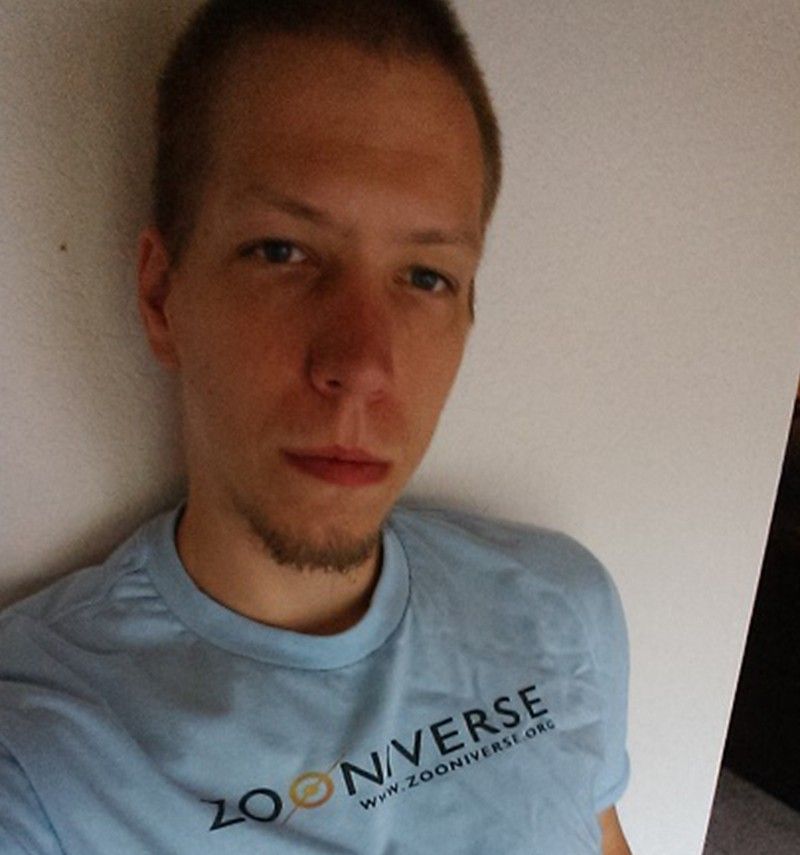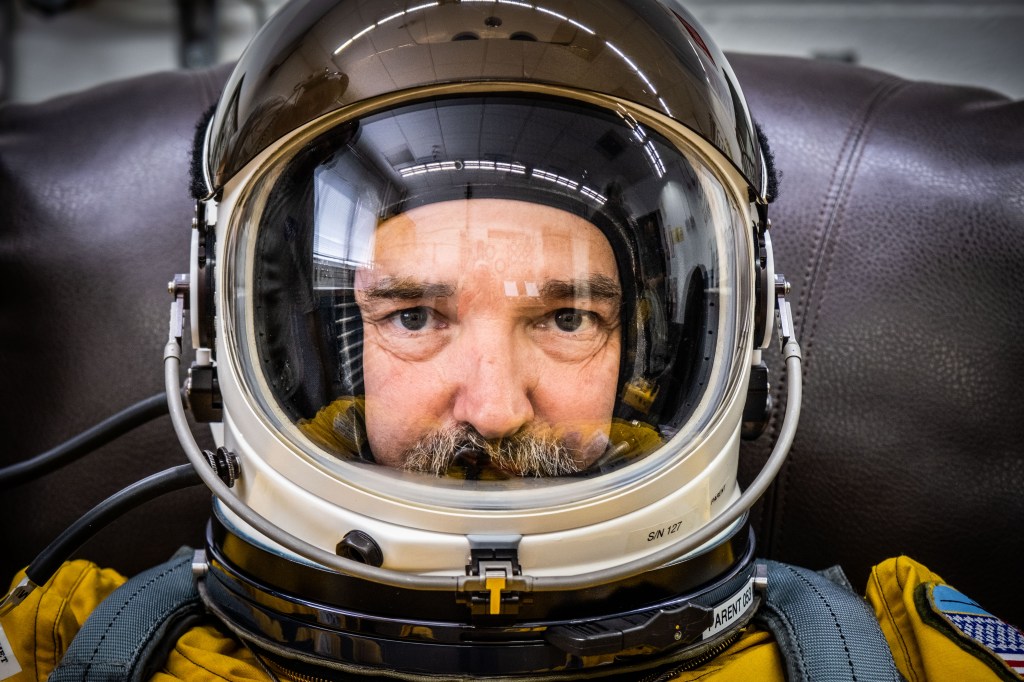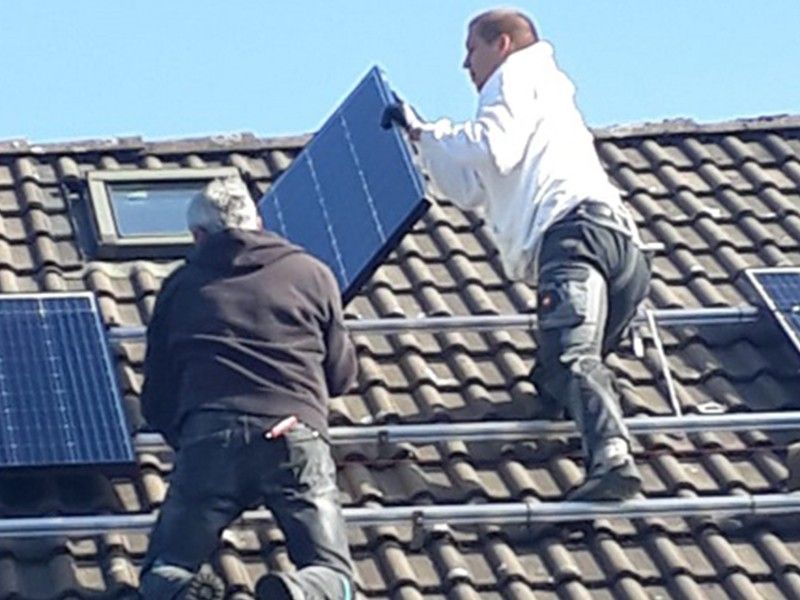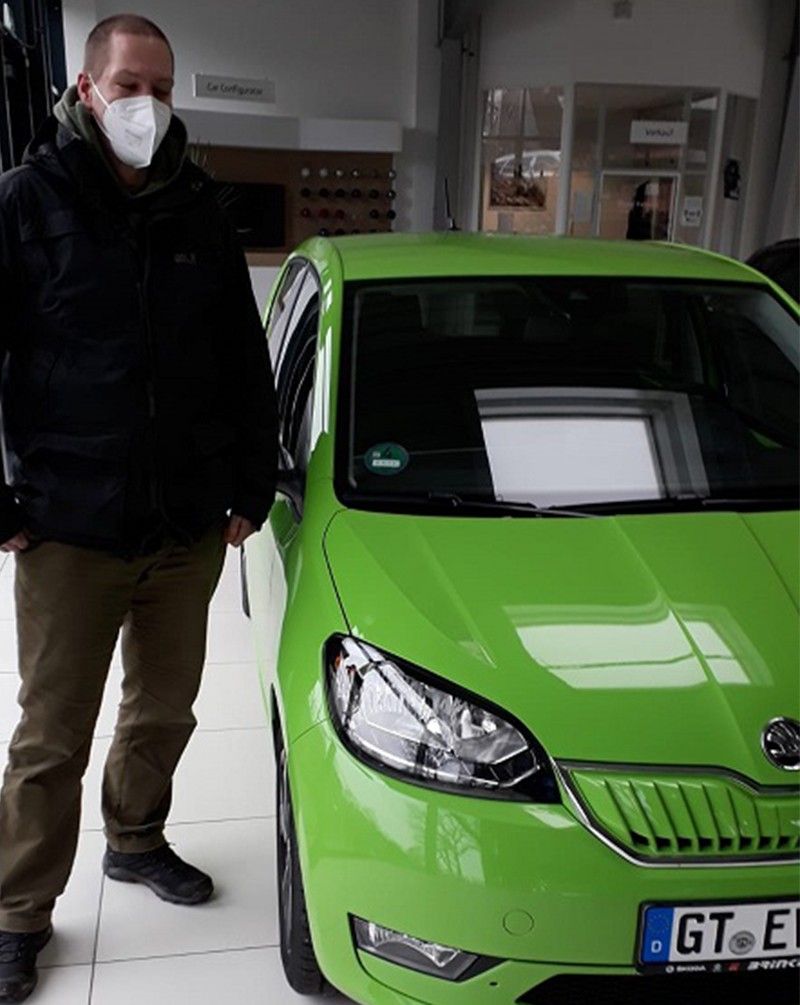
Timo van der Straeten
NASA Citizen Scientist
Contents
- Education
- What motivated you to volunteer as a NASA citizen scientist? How did you learn about NASA citizen science?
- What do you do when you’re not doing science with NASA? Tell us about your job and your hobbies.
- What have you learned about the process of science from your time on NASA citizen science projects?
- Which peer-reviewed research publications have you contributed to through your citizen science work? What was your role in the research and writing process?
- We’re aware that not everyone has equal access to speedy computers and internet signals. Was this a problem for you? And if it was, how did you overcome it?
- What are your favorite NASA citizen science projects to work on, and why?
- What have you discovered or learned as a NASA citizen scientist?
- What advice would you give to others who might want to volunteer with NASA citizen science?
- How much time do you spend on NASA citizen science projects?
Education
Felix-Fechenbach Berufskolleg, Detmold, Germany
State-Certified Mechanical Engineer
What motivated you to volunteer as a NASA citizen scientist? How did you learn about NASA citizen science?
I want to find the answer to the Fermi paradox – which states that while we have yet to find evidence of extraterrestrial life, statistics overwhelmingly support the probability that life exists elsewhere in the universe – before it finds us. I want to enlighten the universe with a spark of consciousness, to bring life to an empty universe.
My citizen science engagement started over 10 years ago with SETI@home, which was a project that used the computing power of idle internet-connected personal computers to process data in the Search for Extraterrestrial Intelligence (SETI). I used my personal computer (PC) to search for aliens using Berkeley Open Infrastructure for Network Computing (BOINC), the open-source software developed to use volunteered or grid computing. Soon, I changed to other projects using the BOINC software. My PC upgraded a lot and is still doing work at my home as I am at work or sleeping.
My favorite BOINC projects are Einstein@home, which searches for neutron stars; LHC@home, which helps physicists look for the fundamental particles of matter and other efforts associated with the Large Hadron Collider; and GPUGRID, which is a distributed computing infrastructure that supports medical research.
Later, I found out about the Zooniverse.org website and volunteered for projects like Gravity Spy (gravitational wave research), Bash the Bug (research to address antibiotic-resistant tuberculosis), and the Planet Hunters TESS which brought me here. To date, I have done around 142,000 classifications in all projects combined. I like everything with space. I also like projects that give good feedback on whether I’m doing it right or wrong. Good tutorials and community are always helpful.
What do you do when you’re not doing science with NASA? Tell us about your job and your hobbies.
I work as a quality management technician for battery and drive units. It has some similarities to my work as a citizen scientist because I am monitoring the parts for patterns and small differences in details. It is so much fun because everybody here is highly motivated to break new internal records in quantity and quality.
I have a husky who is very kind and cute. I like science and watch every SpaceX launch. I’m looking forward to the SpaceX Starship’s first orbital test flight.
I am also interested in renewable energy and nuclear fusion. I have solar panels on my roof (I helped with the installation) and a small electric car (a Skoda CITIGOe iV). During the coronavirus pandemic, I bought and raised many houseplants. My hope is that this pandemic will give us more determination to cure all the diseases that afflict humanity.
What have you learned about the process of science from your time on NASA citizen science projects?
I have become more skeptical of scientific breakthrough headlines in general. Often something looks like the “big thing,” but there are so many other possible solutions. Only if you can disprove all other solutions can you be sure you found the right answer.
I have also learned that finding nothing is an important scientific result. It is a valued part of the scientific process.
Finally, I’ve learned that you don’t need to be a genius to do scientific stuff or contribute to scientific research efforts. I am not. What you need is interest in the subject, and you can learn as you proceed.
Which peer-reviewed research publications have you contributed to through your citizen science work? What was your role in the research and writing process?
I was part of the team who discovered and confirmed the first circumbinary planet – a planet orbiting two stars – found in the Transiting Exoplanet Survey Satellite (TESS) data. This discovery was written up in the Astronomical Journal in 2020, under the title of “TOI-1338: TESS’ First Transiting Circumbinary Planet.”
We’re aware that not everyone has equal access to speedy computers and internet signals. Was this a problem for you? And if it was, how did you overcome it?
I live in Germany, where my internet signal is not very fast, but it is reliable. I know that many parts of the world still have no internet access at all. I hope that project Starlink – SpaceX’s project to use a system of satellites to provide global internet connectivity – will soon connect the whole world.
What are your favorite NASA citizen science projects to work on, and why?
Planet Hunters TESS is my favorite NASA citizen science project. I participate in two non-NASA Zooniverse projects as well – Gravity Spy and Bash the Bug.
What have you discovered or learned as a NASA citizen scientist?
Just a little bit of autism can help you do great things in life.
What advice would you give to others who might want to volunteer with NASA citizen science?
Start with something easy like counting animals. If you have problems getting into a new project, do not get frustrated; just read something more about it and try the next day. I like to contribute to some “mindless” Zooniverse projects to relax when difficult projects like Gravity Spy begin to feel stressful.
How much time do you spend on NASA citizen science projects?
There was a time when I spent many hours a day. In the last year, it was about one hour a week.































